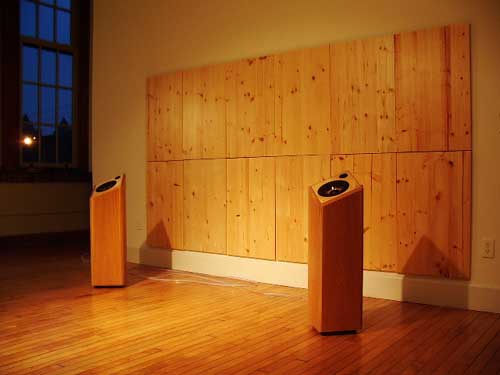I’m not an acoustical expert, however I designed presentation rooms for Corporate Clients for 46 years, often with acoustical engineer consultants I hired. Larger spaces of course, but the issues are similar.
75 yrs old, I have messed about with several residential systems, particularly the spaces for me, my friends and client’s homes.
Everything Adds Up.
I suggest:
1. Document the sound reaching the listening position
a. Inexpensive SPL, with Tripod Screw, like this one
https://www.amazon.com/Pressure-Measure-Material-Digital-Decibel/dp/B0CBMQ8TKG/ref=sr_1_14?crid=3FLRYI6K0TK0U&keywords=sound+pressure+level+meter&qid=1693575743&sprefix=sound+pressure%2Caps%2C105&sr=8-14
b. Test CD (not LP), with individual frequencies, I use this, 29 separate frequency bands (not sweeps or white noise)
https://www.discogs.com/release/7290000-Various-Amazing-Bytes
expensive, I could find you an inexpensive copy.
2. Meter, Tripod, Seated Ear Height, Copy of Frequency Chart
select individual frequencies (no need to do every one, I do every other one.. write what you are getting
Now you have measured facts, go from there.
3. Ceiling Tile Types, you want
a. STC (Sound Transmission Coefficient) Low keeps the reflected sound IN your space. You want high sound transmission.
b. SAC (Sound Absorbent Coefficient), the tile texture/material absorbs, and allows sound to pass thru, not reflected in your space. I often would put special 3" thick tiles, sometimes rolled absorbent insulation above the tiles (over stock broker’s desks), they also make foam sheets, unseen but they do their job.
BTW, for ceiling return air vents, I had them make a one foot high collar above the grille, lined all 4 sides with insulation, to keep sound from reflecting diagonally off the slab above then thru the sheetrock wall above the ceiling into adjacent offices.
c. My ceilings are Homasote, with wood strips concealing the joints. Painted, but slight texture and ’soft’ characteristic
https://www.homasote.com/
shows best photo 3 here
https://www.audiogon.com/systems/9511
the walls are textured wood panels like raked plaster, above system photos, photo #2, left side
4. Rearward Slant: Front spacer/lifter to get Tweeter aimed up, directly at seated ears (tweeters have the narrowest ’equal’ dispertion).
This importantly alters the angle of reflection off the floor and ceiling, combined with toe-in angling/altering side wall reflections (combining/affecting rear wall reflections).
5. Toe-In
a. single centered listening position: aim each speaker directly at the centered position.
b. Two listeners: assuming a small drink table between two off-center chairs
aim left speaker at right chair, right speaker at left chair. each chair gets more direct sound from far speaker, combined with more sound from the speaker they are closest to. Gives acceptable imaging to both.
c. assumes relatively easy ability to pivot speakers outside front corner ’in’.
My heavy speakers, I have 3 wheels (2 front, 1 rear). 3 because more weight per wheel than 4, and 3 always find solid footing without needing leveling.
Lighter speakers, some kind of ’slip’ material, felt/plastic corners, ....
6. Repeat Sound Pressure Meter/CD test, now see what seated listening position is getting.
7. Level Controls, a pet peeve of mine.
a. Speakers should have level controls to adjust the mid to the woofer, and the highs to the mids. All the old ones (that speaker companies made their reputations with) had them, as the space they would be used is was unknown.
b. unknown space is still an issue. Today, use good tone controls, separate equalizer, and again measure with SPL while adjusting/correcting.
8. YOUR Preferences, YOUR Hearing, measured is a start, next, what highs do your old ears hear, what do you like, what do your old ears perceive.
I am 75, after I use meter to get the best, then I use music I am familiar to push the highs more, but not too high, using Eurythmics Sweet Dreams; Blue Nile, Walk ... Rooftops; Andreas Vollenweider, White Winds; No More Tears Duet Barbra Streisand/Donna Summer; Jeff Wayne’s War of the World: other music with highs, and highs sometimes left, sometimes right to maintain balance while pushing each L&R up a bit.


